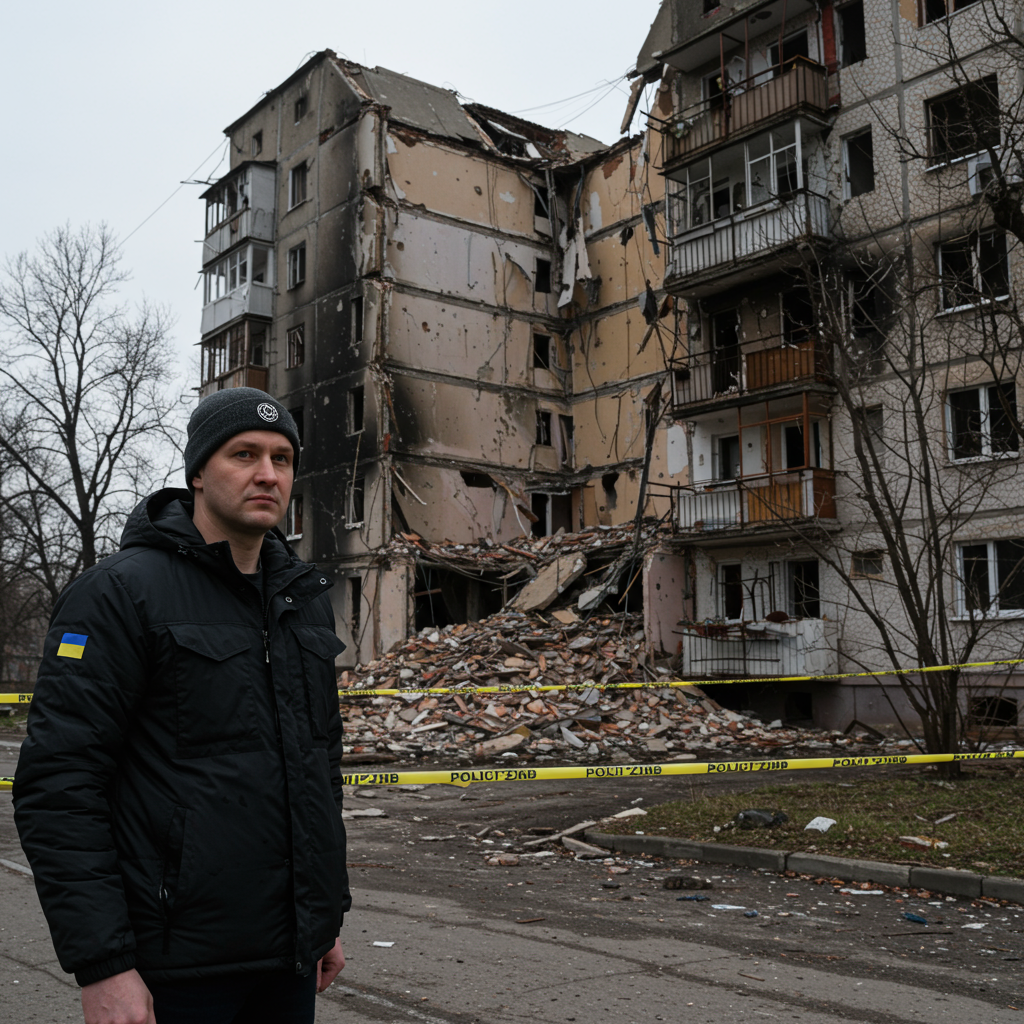High Stakes Ahead of NATO Summit: Spain’s Spending Rejection Creates Uncertainty
A crucial NATO summit scheduled for June 24-25 in the Netherlands faces significant uncertainty following Spain’s formal rejection of a massive increase in defense spending. U.S. President Donald Trump is demanding that allies commit to investing an unprecedented 5% of their Gross Domestic Product (GDP) in defense, a target Spain argues is “unreasonable” and “counterproductive.”
This ambitious target stands in stark contrast to previous agreements. Following Russia’s full-scale invasion of Ukraine in 2022, NATO allies agreed on a minimum defense spending goal of 2% of GDP. More recently, in 2023, new defense plans were agreed upon, requiring investments of at least 3% of GDP – a goal Spain had accepted. The proposed 5% represents a dramatic leap beyond these existing commitments.
Why Spain Says No
Spanish Prime Minister Pedro Sánchez delivered a blunt rejection in a letter to NATO Secretary-General Mark Rutte. Sánchez stated that committing to the 5% target would not only be financially challenging but would also “move Spain away from optimal spending” and potentially “hinder the (European Union’s) ongoing efforts to strengthen its security and defense ecosystem.”
Spain’s position is compounded by domestic pressures. Prime Minister Sánchez leads a government reliant on smaller parties and faces ongoing corruption scandals affecting his inner circle, increasing calls for an early election. These internal challenges make committing to billions in additional defense spending politically and economically difficult.
While other major allies like Belgium, Canada, France, and Italy would also reportedly struggle to meet such a drastic target, Spain is the first to publicly announce its refusal, creating a significant roadblock ahead of the summit.
Decoding the 5% Target: More Than Just Military Hardware
The 5% goal is broken down into two parts:
3.5%: Dedicated to “pure defense spending” – traditional military budgets, equipment, and personnel.
1.5%: Allocated for related investments essential for enhancing warfighting capabilities.
This additional 1.5% is intended for upgrading critical infrastructure like roads, bridges, ports, and airfields to ensure armies can deploy rapidly. It also covers building up domestic defense industries and preparing societies for potential attacks through civil defense and resilience measures.
NATO Secretary-General Rutte strongly supports including this 1.5% component, arguing that core defense spending is ineffective without the necessary infrastructure and societal readiness. As he put it, “If a tank is not able to cross a bridge… if our societies are not prepared… if we are not able to really develop the defense industrial base, then the 3.5% is great but you cannot really defend yourselves.”
However, the specifics of what qualifies for this 1.5% remain “cloudy.” While investments in areas like cyber-security and counter-hybrid warfare are expected to be included, Spain’s proposal to include climate change spending was reportedly rejected. The precise calculation behind the 1.5% figure itself is also unclear.
Timeline and Implementation Challenges
A potential deadline of 2032 has been suggested for allies to reach the 5% target. While shorter than previous NATO timelines, the U.S. views a decade as too long, especially given military assessments that Russia could pose a direct threat to an ally within 5-10 years. Italy has specifically requested 10 years to meet the goal.
To manage the ramp-up, Rutte has proposed a “cunning plan” where allies would submit annual spending plans detailing their intended increases. However, the fundamental challenge remains funding the billions required, whether through taxes, debt, or reallocating funds from other essential budgets – a hurdle made tougher for allies by Trump’s ongoing global tariff policies.
The Driving Force: Shifting Threat Perceptions
The push for increased spending is largely driven by the evolving security landscape. For European nations, Russia’s war in Ukraine represents an “existential threat,” evidenced by a rise in sabotage, cyberattacks, and GPS jamming incidents. Leaders are increasingly preparing their citizens for the possibility of broader conflict.
The United States also emphasizes the threat posed by China. However, for European governments to secure public support for massive defense spending hikes, they need to maintain the focus on the Kremlin as NATO’s primary immediate security challenge.
With Spain’s public rejection casting a pall over the proceedings, resolving the spending impasse before the summit’s opening on Tuesday is paramount for NATO leaders hoping to avoid a disruptive showdown similar to past encounters with President Trump. Discussions are ongoing, but the success of this critical meeting hangs in the balance.



